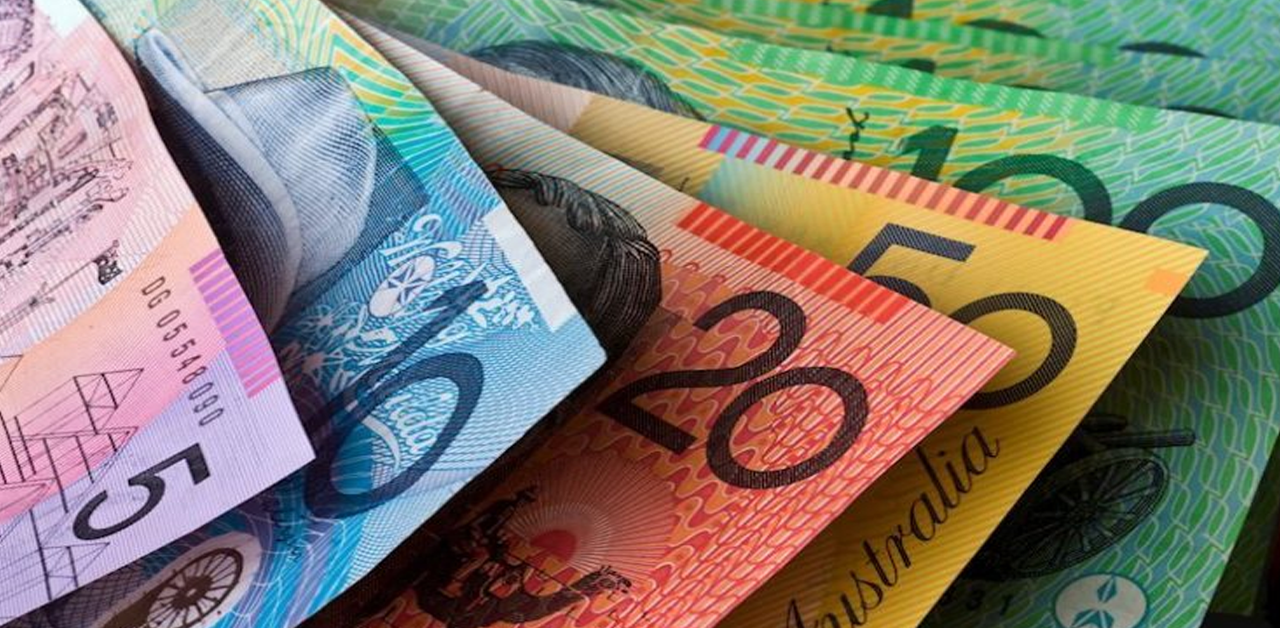Australian Dollar Advances on Improved Risk Sentiment
The Australian Dollar (AUD) has moved higher against the US Dollar (USD) on Tuesday, hovering just below the seven-month high of 0.6798 reached on Monday. The downside for the AUD/USD pair appears limited as traders anticipate diverging policy outlooks between the Reserve Bank of Australia (RBA) and the US Federal Reserve (Fed). Market participants are also awaiting the release of the Monthly Consumer Price Index on Wednesday, which could provide further insight into the RBA’s policy direction.
Recent minutes from the RBA meeting revealed that board members believe a rate cut is unlikely in the near term. RBA Governor Michele Bullock reiterated that the central bank remains prepared to raise rates if necessary to combat inflation.
In contrast, Fed Chairman Jerome Powell, speaking at the Jackson Hole Symposium, stated, “The time has come for policy to adjust,” although he did not specify when rate cuts would begin or their potential magnitude. The CME FedWatch Tool indicates that markets are fully pricing in at least a 25 basis point rate cut by the Fed at its September meeting.
Daily Market Movers: Australian Dollar Gains Amid Hawkish RBA
San Francisco Fed President Mary Daly commented on Monday that it is likely time to start cutting interest rates, potentially beginning with a quarter-percentage point reduction. Daly emphasized that if inflation continues to slow and the labor market remains stable, it would make sense to adjust policy gradually.
US economic data showed that Durable Goods Orders surged by 9.9% month-over-month in July, recovering from a 6.9% drop in June and far exceeding the expected 4.0% increase. This marks the largest gain since May 2020.
Philadelphia Fed President Patrick Harker highlighted the importance of a gradual reduction in interest rates, while Chicago Fed President Austan Goolsbee noted that monetary policy is currently highly restrictive, with the Fed now focusing on achieving its employment objectives.
The US Composite PMI slipped slightly to 54.1 in August, down from 54.3 in July, but remained above market expectations of 53.5, indicating ongoing business activity expansion for the 19th consecutive month.
In Australia, the Judo Bank Composite Purchasing Managers Index (PMI) increased to 51.4 in August from 49.9 in July, marking the fastest expansion in three months. This growth was driven by a stronger services sector, even as manufacturing contracted more sharply.
Minutes from the Federal Open Market Committee’s (FOMC) July policy meeting revealed that most Fed officials support cutting the benchmark interest rate in September if inflation continues to moderate.
Tuesday’s RBA Minutes indicated that board members had considered a rate hike earlier in the month but ultimately decided to keep rates unchanged to balance the risks. The consensus among RBA members is that a rate cut is unlikely soon.
Technical Analysis: AUD/USD Remains Below 0.6800
The AUD/USD pair is trading around 0.6770 on Tuesday. Technical analysis of the daily chart shows the pair has breached below its ascending channel, suggesting a potential weakening of the bullish trend. However, the 14-day Relative Strength Index (RSI) remains below the 70 mark, indicating ongoing bullish momentum.
Resistance for the AUD/USD pair is seen at the seven-month high of 0.6798, followed by the lower boundary of the ascending channel at 0.6800. A break above these levels could open the door for further gains toward the upper boundary of the channel at around 0.6940.
On the downside, the pair may find support near the nine-day Exponential Moving Average (EMA) at 0.6726. A break below this level could weaken the bullish bias and pressure the pair toward the 0.6575 support level, followed by additional support at 0.6470.











